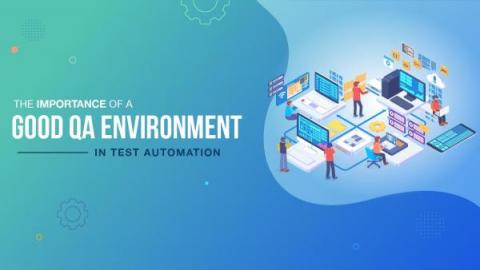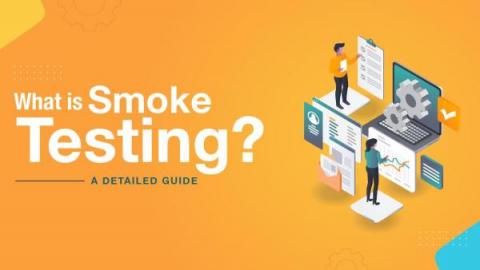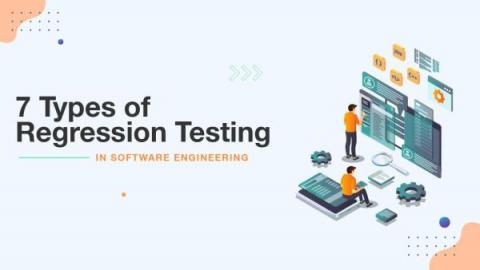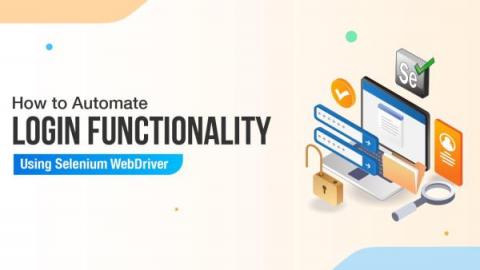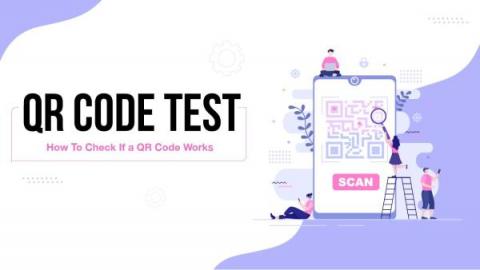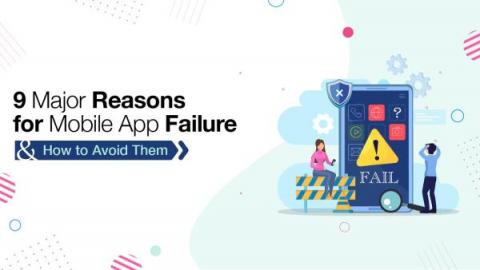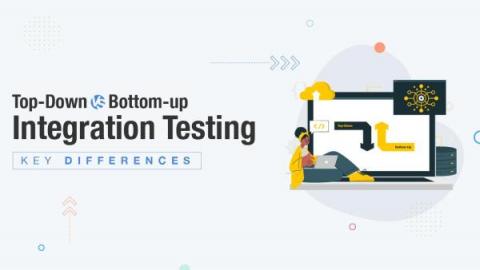Your Complete Guide to TeamCity vs Jenkins [2023 Edition]
Build. Test. Deploy. Every real-world application development involves the above three stages. But do they need to be in the same sequence? Let’s start with the Waterfall model; it is sequential and moves forward in phases. But as the industry evolved, it became obsolete. Agile methodology took its place, which works iteratively to overcome its predecessor’s drawbacks. Yet again, the industry evolved to look for something more collaborative; agile no longer served the purpose precisely.




